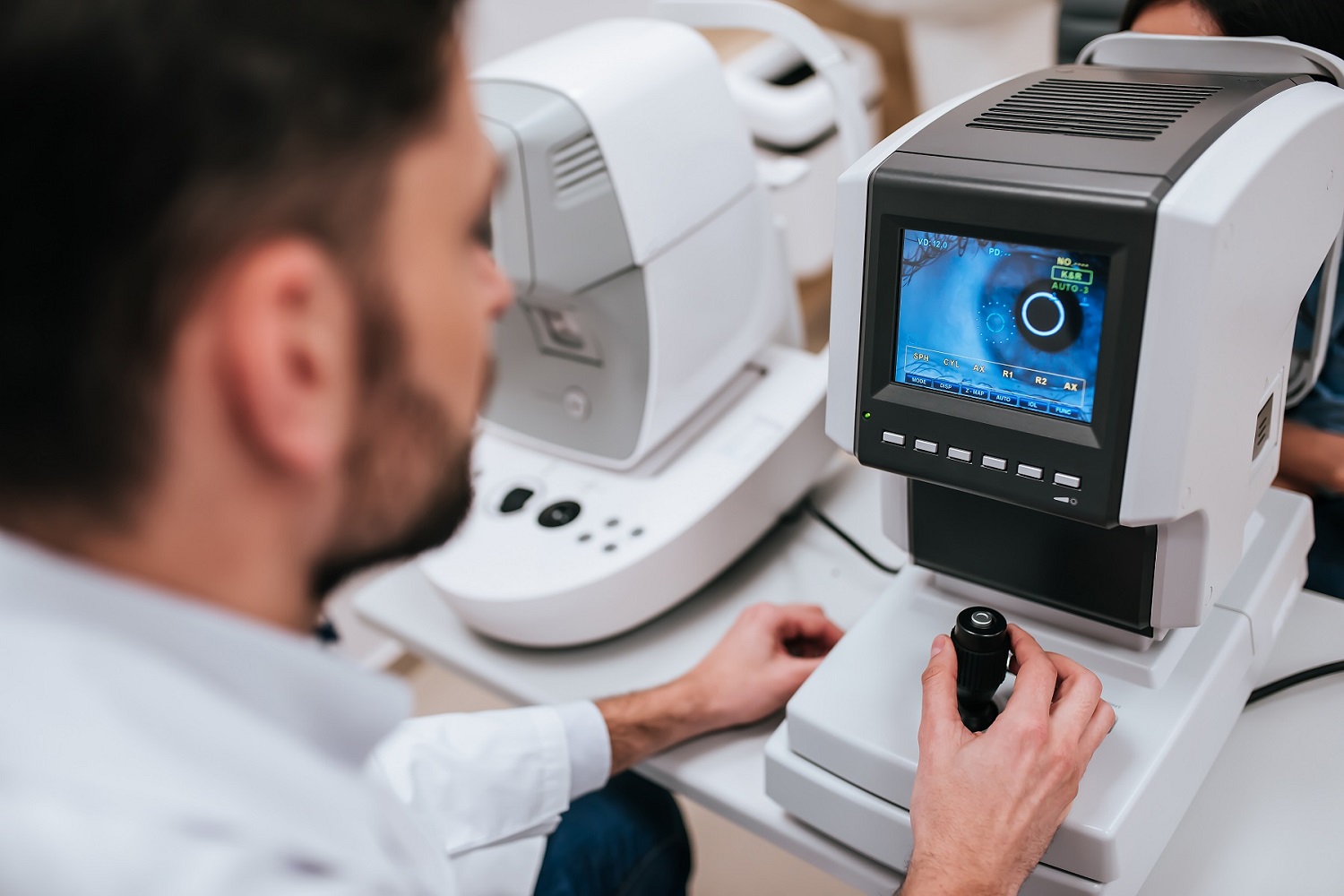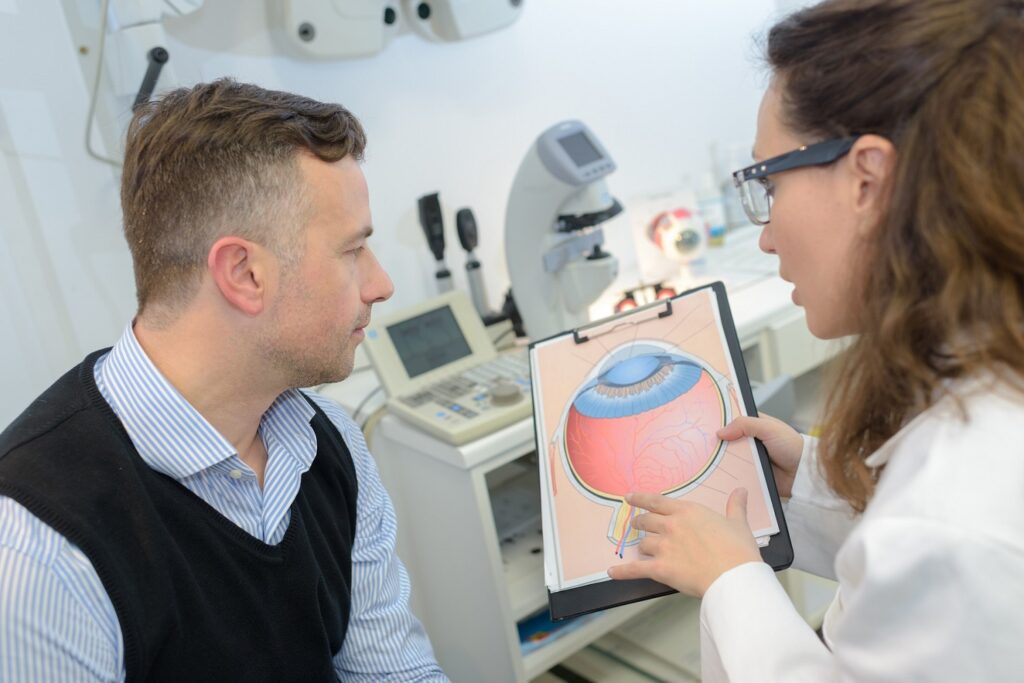Glaucoma is a disease that affects the eyes and vision. If left untreated, it can lead to blindness. It is where the optic nerve becomes damaged from excess intraocular pressure. This buildup of pressure is caused when the trabecular meshwork—the drainage channel in the eye—becomes blocked. Fluid produced in the eye cannot drain away and the pressure increases on the eye.
Unfortunately, any vision loss caused by glaucoma cannot be reversed. Once vision starts to go, it can never be recovered, even with laser surgery. However, any further vision loss can be prevented using the right glaucoma treatment, which could include medication and laser eye surgery.
Early Glaucoma Detection
In more recent years, research has been focused on how to detect glaucoma early to help prevent significant vision loss. Part of the problem in early glaucoma detection is that other types of vision problems can present similar early symptoms as glaucoma.
Advances are being made with OCT (optical coherence tomography) devices and monitoring. OCT uses imaging of the eye to determine if the eye is presenting potential symptoms of glaucoma.
While the technology is still advancing, currently it can be beneficial because ophthalmologists can establish records of OCT imaging for patients and watch for changes over time that could indicate glaucoma.
Another potential theory for early detection is related to people who have developed primary open angle glaucoma (POAG). The initial site of damage in the optic nerve in POAG patients tends to be in the lamina cribrosa, which is the mesh-like structure where the optic nerve fibers exit the rear of the eye.
With advances in OCT, it is becoming likely to be able to start imaging the lamina cribrosa to potentially detect early damage from glaucoma. Monitoring the thickness of the retinal nerve fiber layer (RNFL) is also another viable option for early glaucoma detection.
Ophthalmologists watch for signs of thinning of the RNFL, which is another common symptom associated with glaucoma. OCT imaging can currently be used to monitor the thickness of the RNFL.
Most importantly, regular visits to an ophthalmologist are vital. If you have a family history of glaucoma, annual visits are recommended. Otherwise, if you under the age of 40, you should schedule a visit every 2-3 years. From age 40 to 60, you should visit every two years. Once you reach age 60, you should schedule annual visits.
Glaucoma Treatment
Once diagnosed with glaucoma, it is vital to treat the disease quickly and effectively. Doing so can prevent further vision loss. There are a few different glaucoma treatment options, including:
- Medications: These prescription medications help unblock the trabecular meshwork to allow the excess fluid to drain out of the eye and lower the pressure. Yet, not all elderly patients remember to use medications as prescribed.
- Eye Surgery: Small surgical cuts can be made into the trabecular meshwork to help relieve pressure on the eye. This surgery is not being used as often, thanks to advances in laser eye surgery.
- Laser Eye Surgery: Lasers can also make cuts into the eye tissue, with less risk of bleeding and other risks associated with traditional eye surgery. Laser surgery can be performed in the ophthalmologist’s office as an outpatient procedure.
- MIGS (Minimally Invasive Glaucoma Surgery): This is a new surgical procedure where glaucoma and cataract surgery are combined into a single procedure. Both procedures can be performed simultaneously with little additional risks other than the current minimal risks associated with each procedure.
As technology continues to advance, there will be new advances in early glaucoma detection and glaucoma treatment options.
To schedule a consultation and glaucoma screening, please feel free to contact ADV Vision Centers at (805) 987-5300 today! We have locations in Paso Robles, Santa Maria, and San Luis Obispo.



